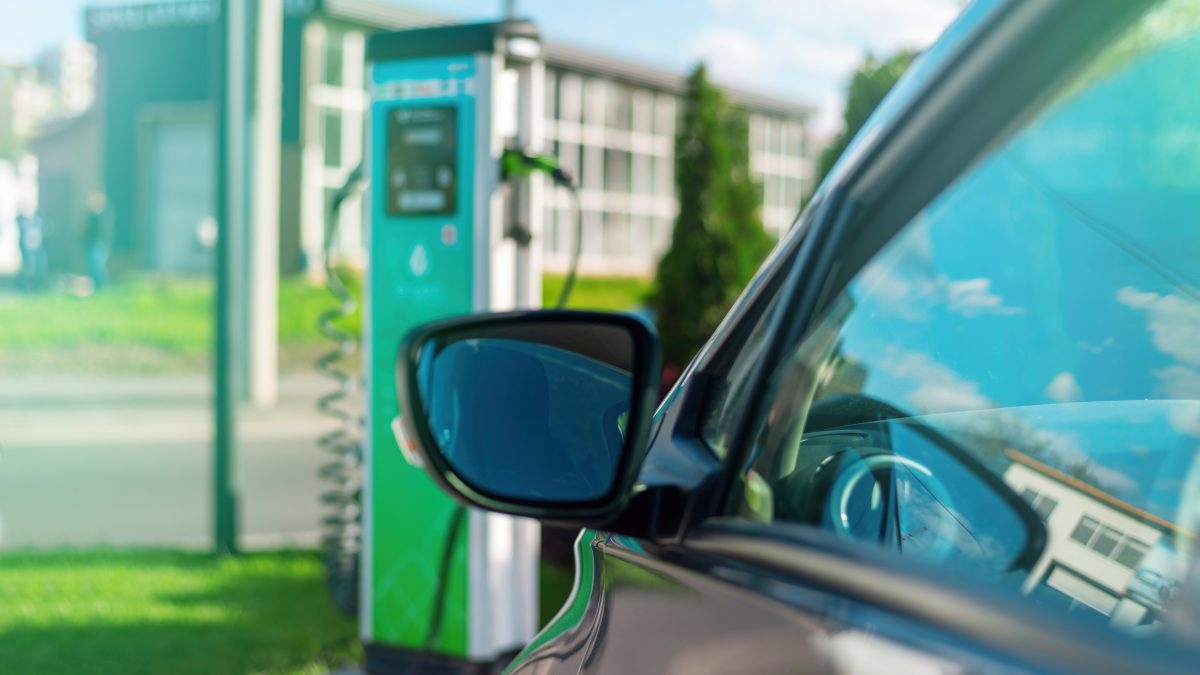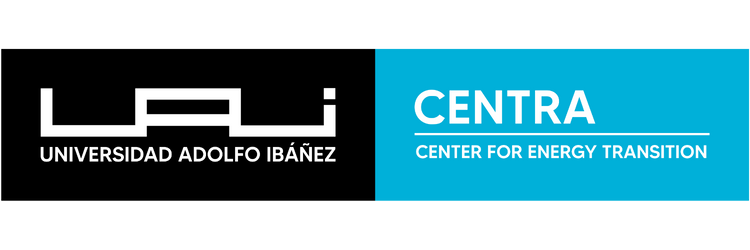
The electric mobility race after its best year of performance
March 10, 2023
“Moving steadily,” defines Rodrigo Cabrera, senior manager of Sustainability Services at EY, describing Chile’s progress in electromobility. In 2022, the sale of electric and low-emission vehicles doubled, reaching a growth of 106.2%, according to figures from the National Automotive Association of Chile (ANAC).
In fact, according to Diego Mendoza, ANAC’s Secretary General, electromobility achieved its best performance across all categories in 2022. “1,295 fully electric vehicles were sold, 474 plug-in hybrid vehicles, 2,552 conventional hybrids (non-plug-in), and 2,583 mild hybrids (MHEV),” he explains.
This trend is expected to continue positively until 2025, with projected sales of 29,657 low-emission cars, a significant jump compared to the 6,904 recorded at the end of last year.
Despite this, Luis Gutiérrez, director of the Civil Energy Engineering program at UAI and researcher at CENTRA, explains that Chile has not yet surpassed the 1% threshold of electric vehicles and is “well below what a developed country could achieve.” Mendoza agrees, noting that “plug-in vehicles only accounted for 0.4% of total sales for the year. There is still much progress to be made.”
“Despite these advances, electromobility in Chile is still in its early stages,” emphasizes Ignacio Rivas, head of Sustainable Mobility and Green Hydrogen at AgenciaSE. However, according to Cabrera, if progress continues on this path, along with the added momentum from the publication of the Storage and Electromobility Law, it is expected that “emissions will gradually decrease, contributing 20% toward the carbon neutrality goal for 2050.” This is significant, considering that transportation accounts for one-third of the country’s CO2 emissions, explains Matías Díaz, director of the Electromobility Diploma Program at Usach.
“Public transportation in Santiago has successfully adopted electricity as the power source for new buses joining the network, something not mirrored in the regions. Regarding private vehicles, there are challenges such as price competitiveness and a lack of awareness of this technology,” notes Paulina Santibáñez.
Where to go from here?
According to Rivas, for these projections to become a reality, Chile must focus on overcoming various short-term challenges, such as promoting electromobility in regions by replicating Santiago’s positive experience with electric buses.
This is one of the objectives of the National Electromobility Strategy, highlights Gutiérrez, which will take a step forward with the arrival of 40 buses in the city of Antofagasta.
For private electric vehicles, one of the main challenges is their high price, primarily due to battery costs, says Christian Scholz, senior manager in Operations Transformation and Utilities at Deloitte. However, he adds, “a reduction of approximately 50% in lithium battery costs is expected between 2019 and 2040, driven by the global rise in electromobility and increasing demand for large- and small-scale stationary storage.”
Meanwhile, Díaz considers that although there are currently incentives to encourage the purchase and proliferation of these cars, such as the Storage and Electromobility Law, these measures are insufficient to make their price competitive with gasoline-powered vehicles. Exempting them from circulation permit payments is not enough, he notes: “Exempting a $40 million vehicle from this fee does not make it accessible to the public.”
Challenge: Charging points
Another challenge for the development of electromobility is expanding the charging network, which is currently “insufficient and has very limited availability,” says Matías Díaz of Usach.
Developing better and more extensive charging infrastructure for these vehicles, particularly outside Santiago, is “crucial for individuals and organizations to take steps toward electromobility,” warns Ignacio Rivas of AgenciaSE.
Raising awareness about the advantages of these technologies “to ordinary people who will be driving these vehicles” is also essential, says Diego Mendoza of ANAC, who asserts that there is little knowledge today about the existence of charging points or the possibility of setting up private charging stations. “There is awareness in the fleet and business world, where many kilometers are traveled annually, but this knowledge needs to be brought to the average buyer,” he cautions.
Courtesy of Diario Financiero.
